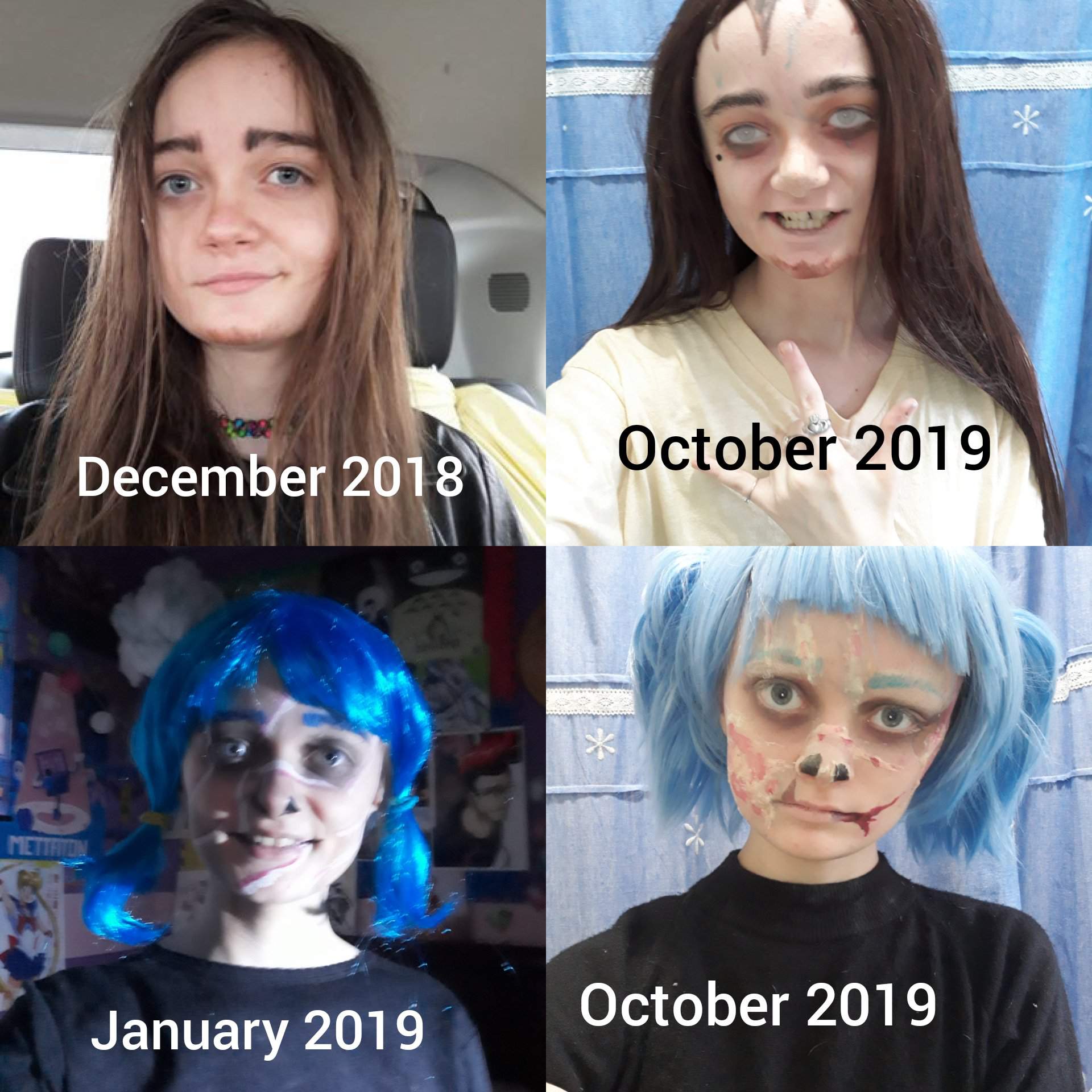Way back in elementary university one mastered the essential difference between nouns, verbs, adjectives, and adverbs. These “word training courses” are not just the lazy creation of grammarians, but are helpful classifications for lots of communication process responsibilities. While we will see, these people develop from simple evaluation with the delivery of phrase in content. The aim of this phase is always to answer this issues:
In the process, we are going to address some basic approaches to NLP, such as series labeling, n-gram framework, backoff, and evaluation. These applications are helpful a number of destinations, and labeling provides straightforward situation in which to demonstrate them. We will likewise observe how labeling is the 2nd step in the standard NLP line, as a result of tokenization.
5.1 Making Use Of a Tagger

NLTK supplies documents every label, which might be queried by using the mark, e.g. nltk.help.upenn_tagset( ‘RB’ ) , or a consistent term, for example nltk.help.upenn_brown_tagset( ‘NN.*’ ) . Some corpora has README data with tagset documentation, read nltk.corpus. readme() , replacing inside the label of corpus.
Let’s consider another model, this time around most notably some homonyms:
Realize that decline and invite both appear as a present tight verb ( VBP ) and a noun ( NN ). For example refUSE was a verb definition “deny,” while resist is definitely a noun indicating “trash” (that is,. they aren’t homophones). Therefore, we must learn which term is being found in order to enunciate the writing correctly. (This is exactly why, text-to-speech software normally execute POS-tagging.)
Your change: most terminology, like ski and raceway , may be used as nouns or verbs without having difference in enunciation. Is it possible to consider other folks? Hint: consider a popular item and then try to placed the keyword to before it to see if it is also a verb, or remember an activity and try to place the before it to find out if it’s also a noun. Nowadays compose a sentence with both makes use of on this word, and run the POS-tagger about word.
Lexical categories like “noun” and part-of-speech labels like NN seem to have his or her usage, nevertheless details shall be obscure to many people people. You could also ponder what justification there does exist for bringing in this further level of info. A majority of these kinds develop from shallow investigations the circulation of terms in article. Consider the after investigations regarding woman (a noun), gotten (a verb), over (a preposition), while the (a determiner). The writing.similar() system brings a word w , locates all contexts w 1 w w 2, consequently discovers all keywords w’ that come in identical context, in other words. w 1 w’ w 2.
Realize that searching wife locates nouns; researching acquired largely discovers verbs; finding over normally sees prepositions; looking the finds numerous determiners. A tagger can correctly identify the labels on these keywords regarding a sentence, e.g. The girl gotten above $150,000 worth of outfits .
A tagger could also model our understanding of unfamiliar statement, for example we are able to guess that scrobbling is  probably a verb, by using the base scrobble , and very likely to appear in contexts like he was scrobbling .
probably a verb, by using the base scrobble , and very likely to appear in contexts like he was scrobbling .
5.2 Marked Corpora
Representing Tagged Tokens

By convention in NLTK, a marked token try portrayed using a tuple comprising the token along with label. We are able to develop one of them particular tuples from the typical sequence representation of a tagged token, with the work str2tuple() :
We could construct a listing of tagged tokens directly from a line. The 1st step will be tokenize the sequence to access individual word/tag chain, thereafter to transform each one of these into a tuple (using str2tuple() ).

